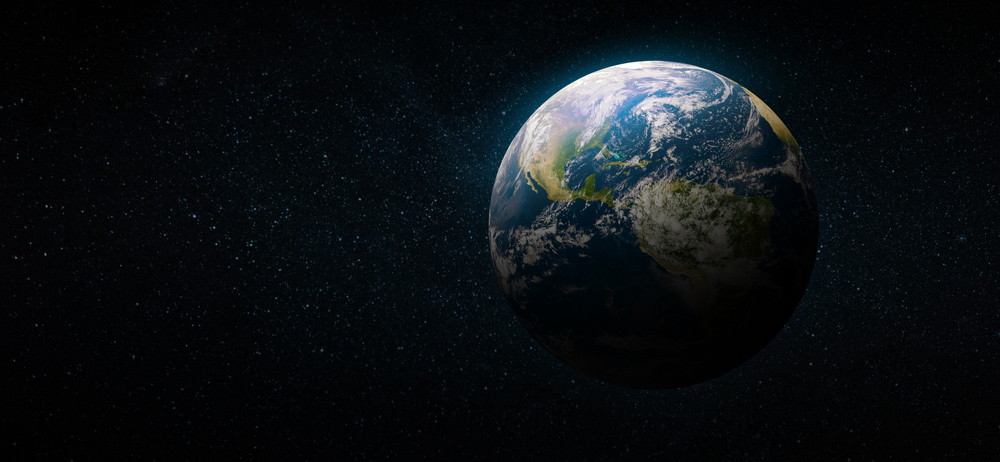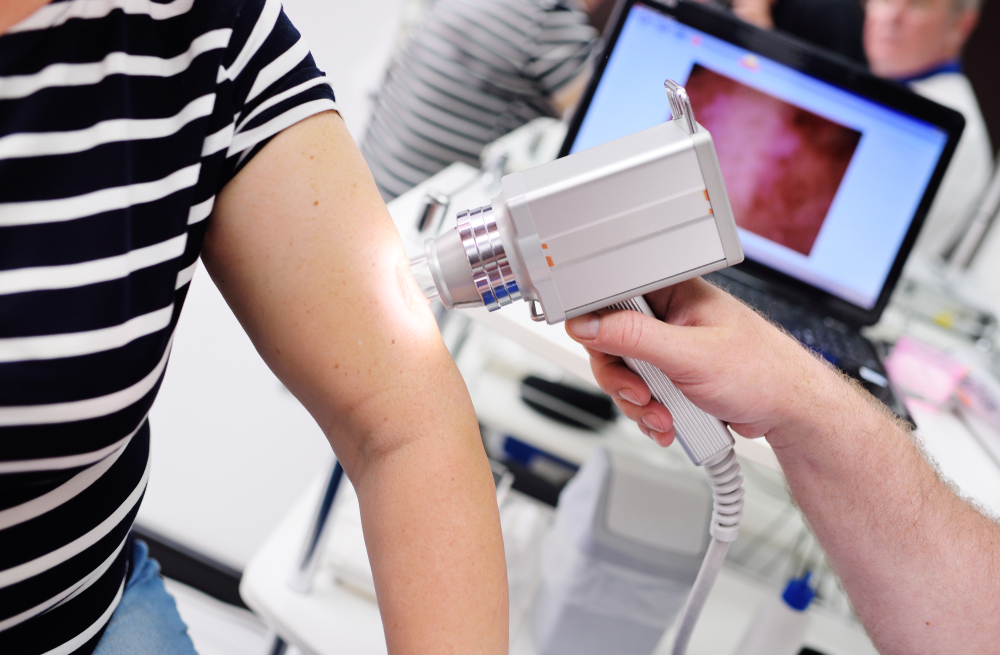But the most important thing is that a life that has been thrown off balance be given certainty and structure. In our practice, we start with the tips that are always given at the end of the book. “Try that direction,” we might tell a patient. “You’ll have a much better chance of success.” Doctors should offer signposts, guidelines for every aspect of our lives, but should not tell patients what to do. After all, most patients’ lives have been filled with “must do’s.” If the patient starts to enjoy the process, she or he will ask questions like “why are you prescribing that?” and “what’s the point of the detox diet?” That gives the doctor the opportunity to underpin the practical aspects of treatment with targeted answers. And it allows the patient to see that a particular therapy has a solid basis and has been worked out in detail.
At this point, something important happens that I consider a significant piece of the healing process. Slowly but surely, the patient realizes he has more of a grip on his life. He is no longer passive. Given that cancer is a disease characterized by rampant cell growth, it is crucially important for the patient to get all facets of his life under control.
I’ve even seen advanced cases in which people flipped an internal switch, as it were, and were cured against all odds. Based on more than half a century of practical experience, this much is clear: You can do more than you think. A lot more.
Inner work has proven to be one of the most important tools in preventing, or indeed curing, cancer. Make no mistake: Along with the necessary conventional medical interventions such as removing or reducing a tumor, for example, further treatment toward restoring the patient to full health is very much an “inside job.”
Treating illness and disease is not about putting your body in the hands of an almighty practitioner, like dropping your car off at the garage for an overhaul. Treatment is about teamwork and involves equal members: the patient, who should consider himself like a traditional king or queen surrounded by advisers; the practitioner, who—regardless of his credentials—is there to serve the patient and not vice versa (this is sometimes forgotten); and the patient’s supporters, i.e., the partner or—in the case of a child—the parents. Every member is important; without this team, the patient’s prognosis is less favorable.
Cancer patients are often overcome by feelings of powerlessness, hopelessness and helplessness. These feelings are intense and unavoidable, but they don’t reflect reality. We are not powerless. In most cases, there is a lot of hope, and we are anything but helpless. Our body is simply giving us an urgent message: It’s time to change course!
In India, there are Western as well as traditional hospitals. People go to the Western hospitals in acute cases and turn to traditional healers for most everything else. The healers use means and methods that include herbs, homeopathy, acupuncture and ayurvedic medicine. Now that is a healthy approach.
I am hoping to see a new blending of the art and science of medicine in the West as well. Maybe our universities should open their eyes and ears to the folk medicine practiced in China and Japan—or even in Western Europe, where a lot of the healing arts are hidden among miraculous herbalists or other gifted healers. Of course, they lack the necessary academic discipline, but they can teach us to introduce intuition, warmth and respect for nature back into our impersonal system. It would be like a marriage between the degenerate son of an old aristocratic family and a lively farmer’s daughter. It might cause upset, but it would ultimately mean bringing fresh blood to an inbred family.
There’s an old expression: “When in Rome, do as the Romans do.” But I say our time calls for a new motto—especially if you want at least a 90 percent chance of avoiding the cancer epidemic: Be a rebel! Swim against the current. Form local groups and network on the Internet with like-minded people. My hope is that in these increasingly dark times, you will be like a beacon on a rocky shore in a stormy sea, spreading your light far and wide. You can be this for yourself and for those around you. My rule of thumb is that all of us are unique and different, so there are no standard treatments. Take good care!
Eat, pray, stay healthy
The 10-step Moolenburgh method for becoming more health focused.
1.) Our food should be as fresh as possible, preferably organic, and 40 to 60 percent should be eaten raw.

2.) Drink two glasses of wine a day— preferably red, which contains the plant hormone and anti-cancer compound abscisic acid.

3.) Negative feelings are as addictive as cigarettes but much more dangerous.
4.) Know your metabolic type and adjust your diet accordingly.

5.) Chew your food thoroughly—20 to 30 times per bite—as this activates the enzymes, which help keep your cells healthy.

6.) Don’t eat unfermented soy, like soy milk and tofu; these products inhibit the functioning of the pancreas.
7.) Conscious relaxation therapy is important, and relaxation exercises are recommended for the “healthy” among us (are there any left in our culture?).

8.) If you have some extra money, have a building biologist examine your home and help you clean up any negative electrical fields that can damage the healthy oxygen.

10.) Only use acetaminophen as a painkiller, rarely to reduce fever.

This is an excerpt from You can do more than you think by Hans Moolenburgh (published in Dutch by Lemniscaat).
Photo of vegetable market: McKay Savage via Flickr
Be a rebel!
More of Today's Solutions
It’s kitten season! How to help overwhelmed shelters manage the influx of kit...
Kitten season has arrived, bringing with it an irresistible wave of feline cuteness. However, behind the scenes, animal rescues and shelters are dealing with ...
Read MoreHow to cut down on your food waste
Cutting down on food waste helps the environment in a number of important ways. Most obviously, it saves the resources and energy that go ...
Read MoreHow to keep an eye on your eye health
As we age, we can become more vulnerable to developing age-related eye conditions, diseases, and vision loss. The best way to stave off, or ...
Read MoreCRISPR-Cas9 may be able to solve obesity
Cases of obesity have been steadily increasing worldwide, especially during the pandemic. Lack of physical activity through more office-based jobs, plus a lack of ...
Read More










